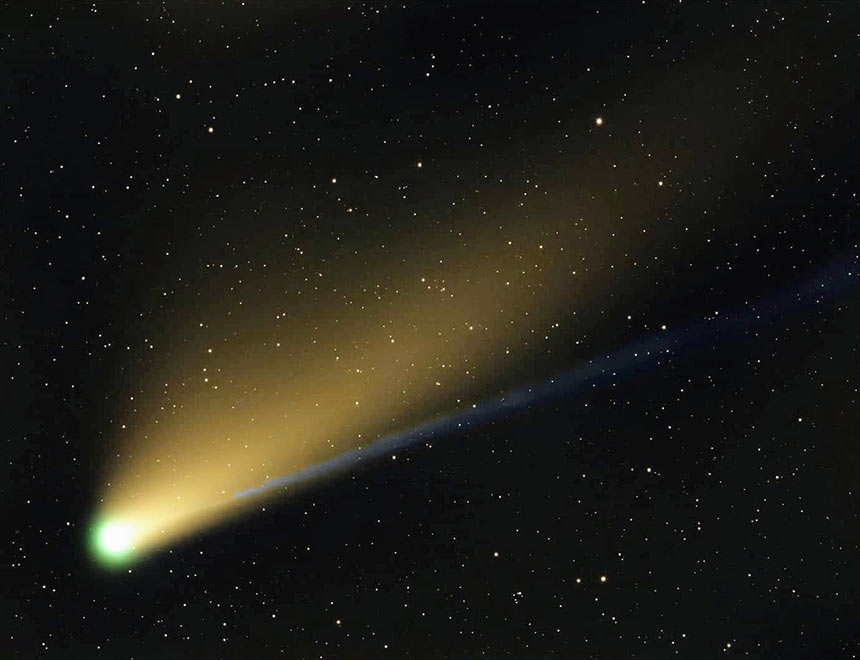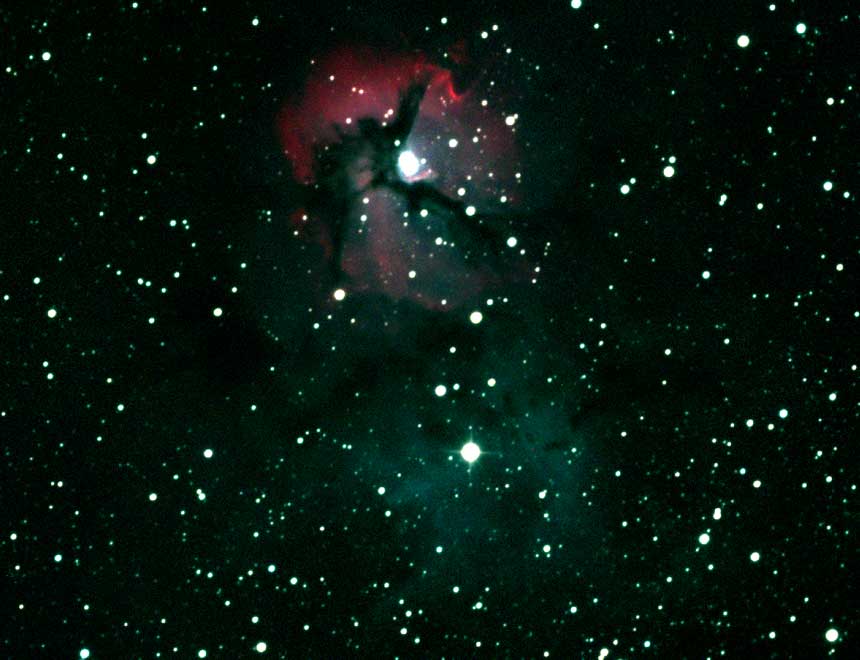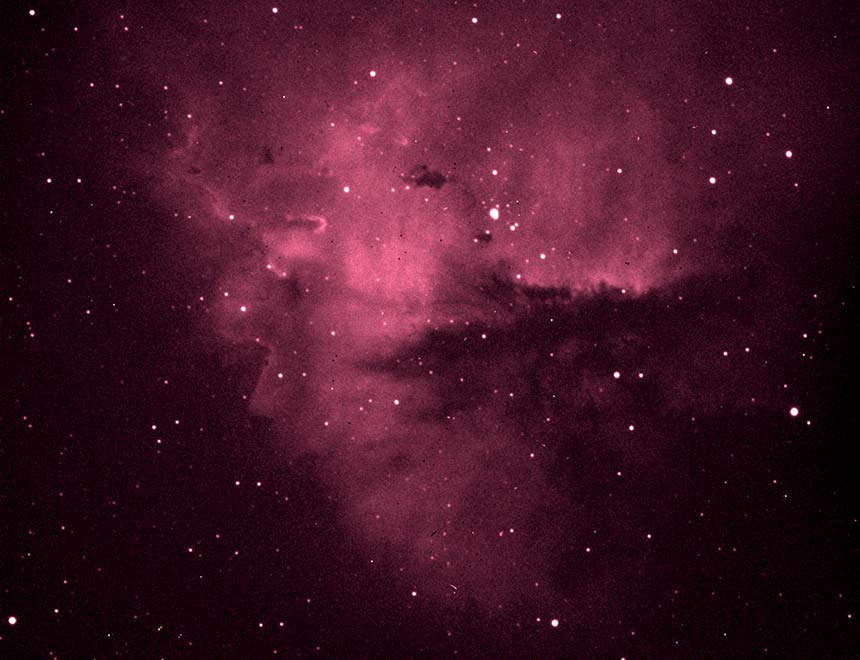In Charles Town, West Virginia, a bright white dome sits gracefully atop the Information Technology building on the American Public University System (APUS) campus. The dome houses a 650-pound reflective telescope with a mirror that is two feet across. The Planewave CDK24 telescope, equipped with a highly sophisticated digital camera, is a key technological component in the University’s Space Studies curriculum. This fully remote-controlled telescope is a testament to the University’s dedication to providing innovative online instruction. The telescope is a dedicated resource for both faculty and students in the APUS Department of Space Studies, both of whom have the opportunity to use the telescope regularly to perform original astronomical research and for educational purposes.
"At most universities, telescopes are only accessible by traveling to the university's observatory to look through the instrument,” states Space Studies Program Director Dr. Ed Albin. "But at APUS, students link remotely to our telescope and work with faculty online to learn how to acquire images of the Moon, stars, and planets that can be downloaded to their computers."
Collected images are used in the classroom as well as for laboratory instruction by faculty. "We're not just going to websites and pulling down images for our astronomy students. We're using the observatory to collect our own research data," says Dr. Albin.

The APUS Technology Building with observatory dome, located in Charles Town, West Virginia.

Dr. Ed Albin controls the telescope from his computer.

A view of the telescope inside the dome.
Graduate-level students work with faculty to collect original astronomical data for their own research and thesis projects. Undergraduate students have the opportunity to assist in analyzing the data, thus gaining authentic hands-on observational experience. “We are one of only a few online universities with a Space Studies program that operates such a large telescope. This gives our students a very nice edge when it comes to graduating and entering the career field," states Dr. Albin.
The telescope is reserved exclusively for the use of APUS faculty and students. Examples of ongoing investigations with the telescope include observations of exoplanet transits, supernova searches, and variable star photometry (see links below). The telescope can be operated manually or scripted to conduct observations independently; this feature is utilized by the supernova search program, for example, to observe dozens of galaxies each night. The department goal is to have the telescope scheduled for continuous observing of the heavens throughout the year on all clear evenings.
Very few space studies degrees match the breadth and scope of the university's innovative online program, which attracts individuals from a variety of professions related to NASA, the U.S. intelligence community, government agencies, general education, science, and military sectors. The curriculum was originally designed by former NASA astronaut and the Charles Town telescope is an important element of this online program that further sets the APUS Space Studies program apart by providing an exceptional and hands-on research experience for students.
Images Produced by the Telescope
Research
We are currently conducting research on the following:







